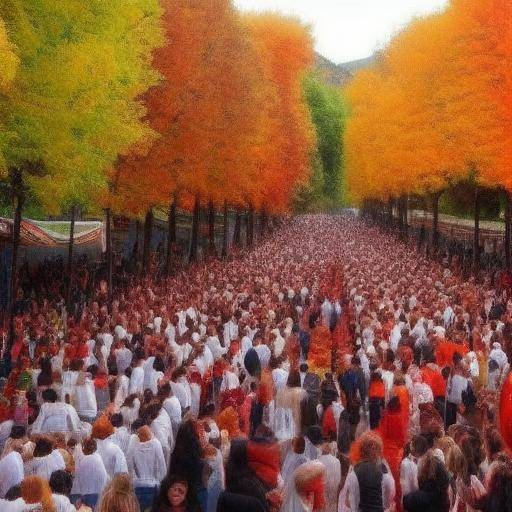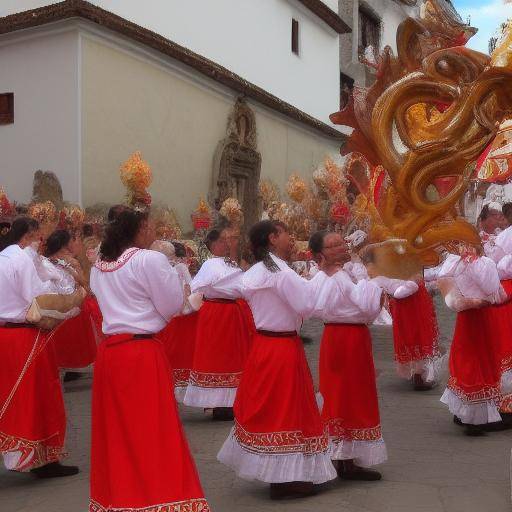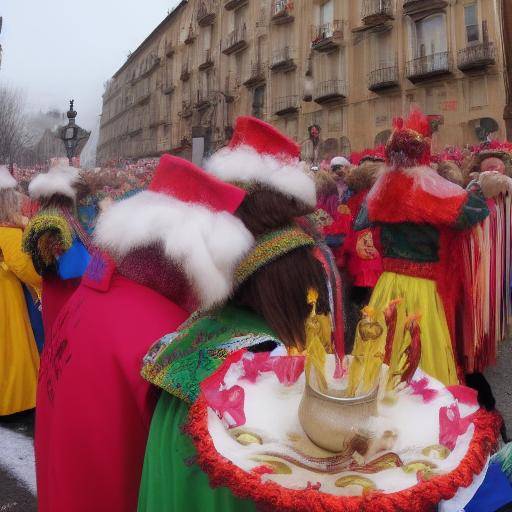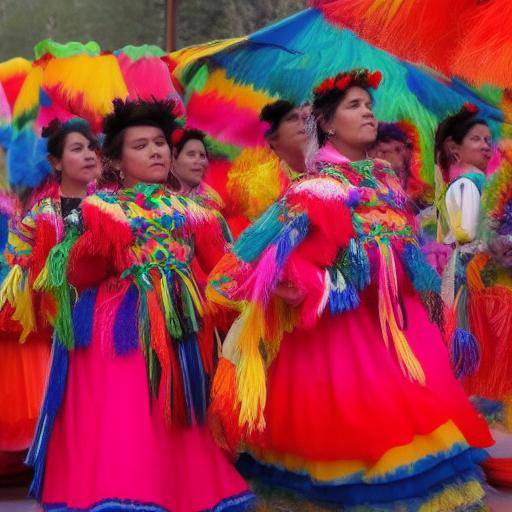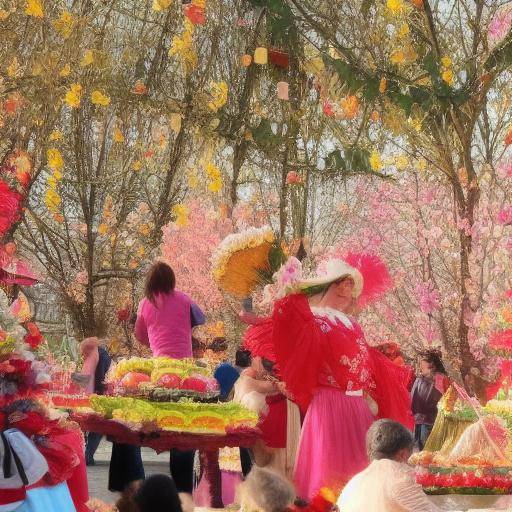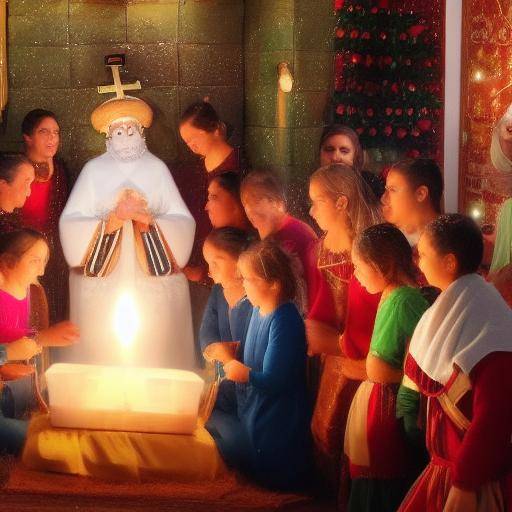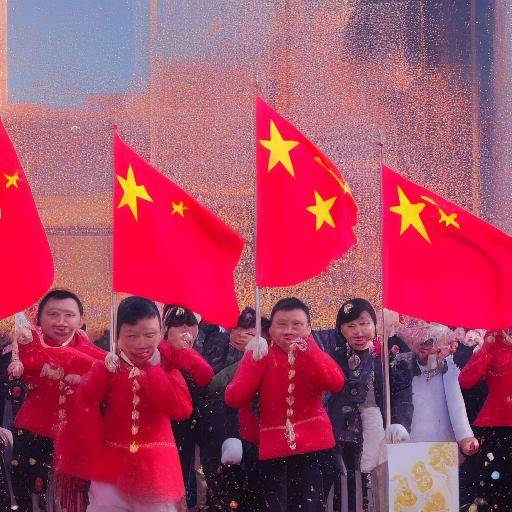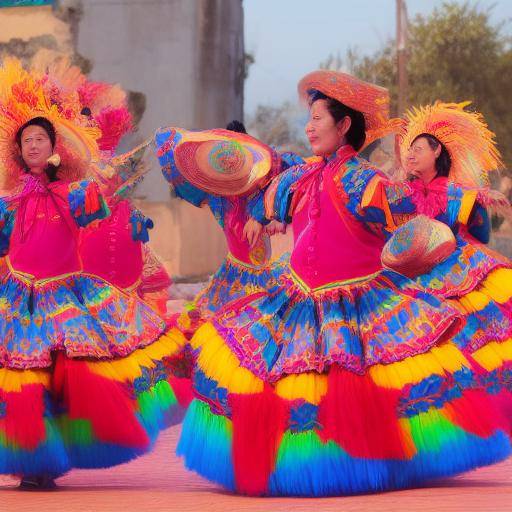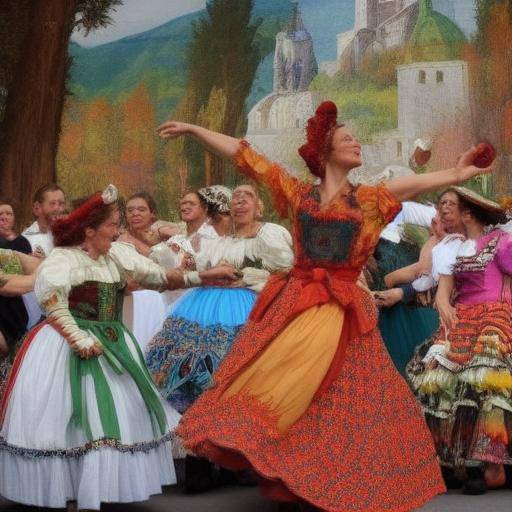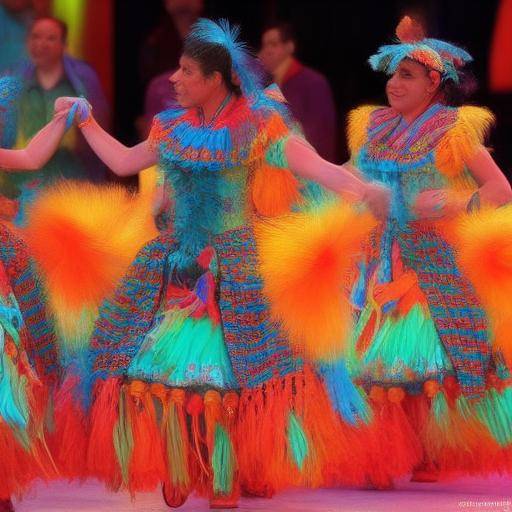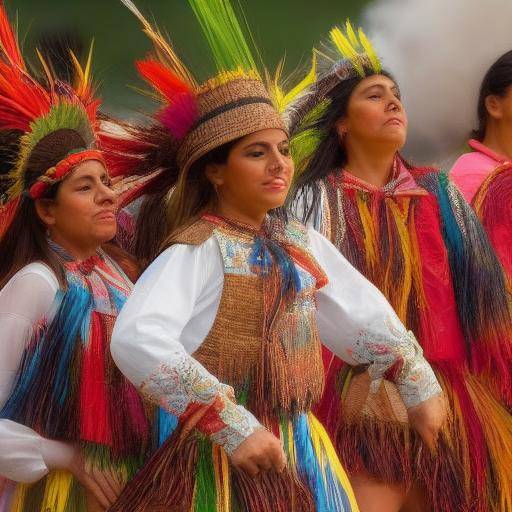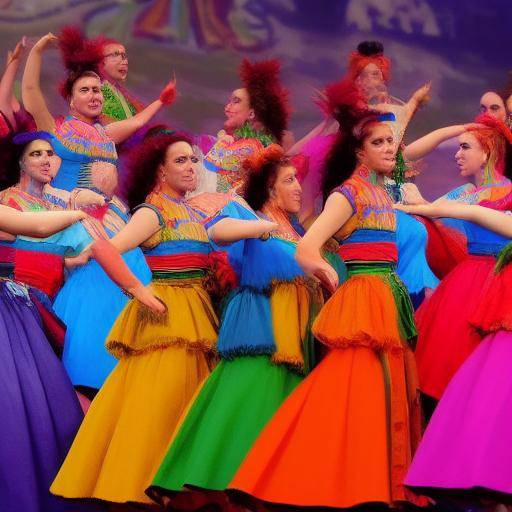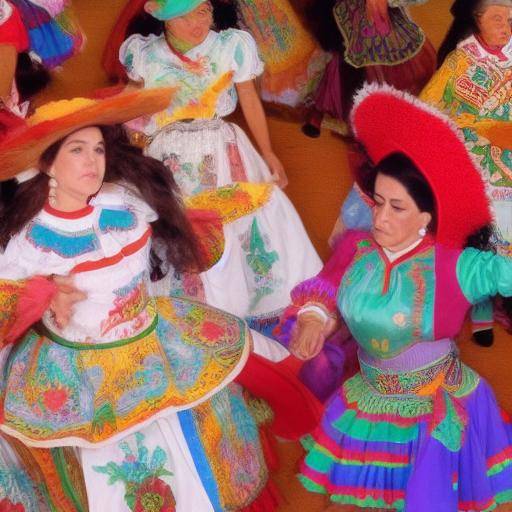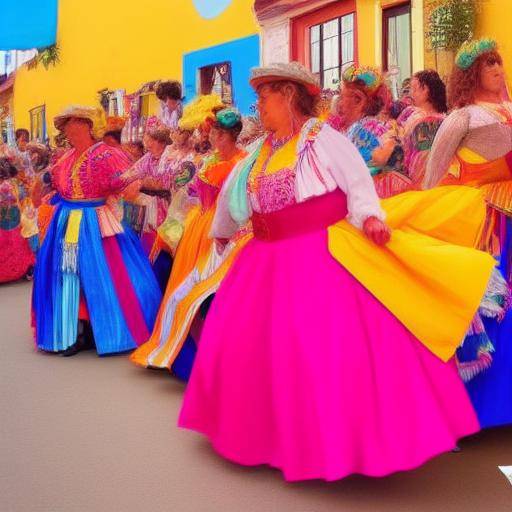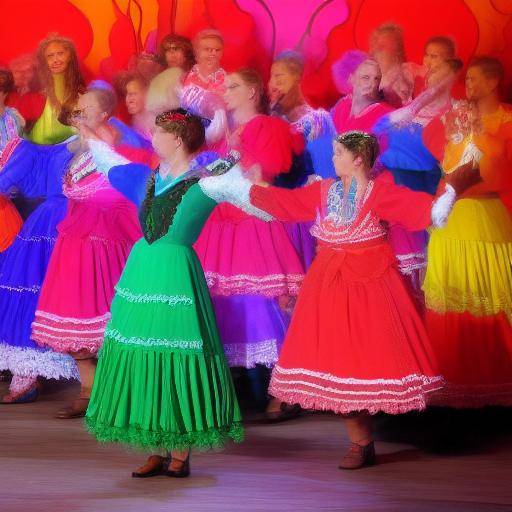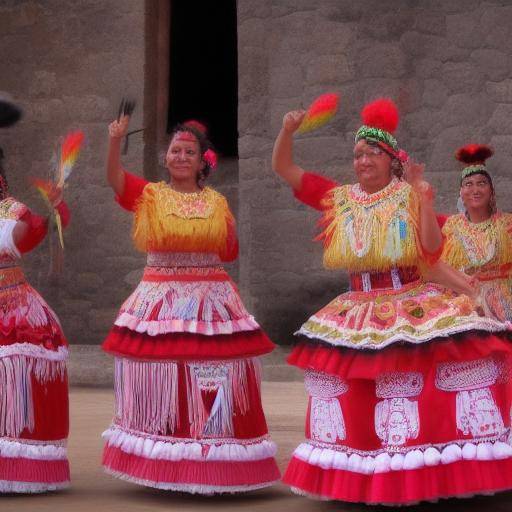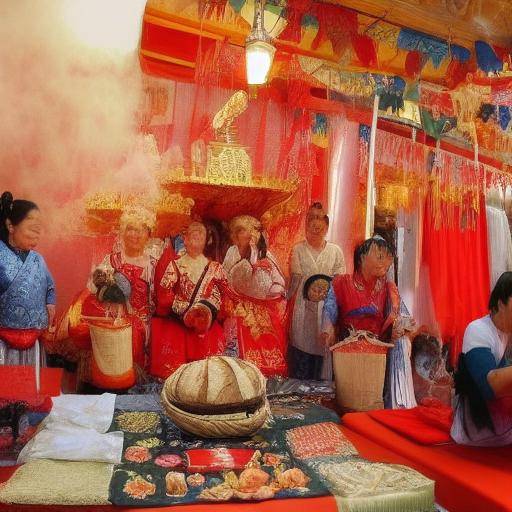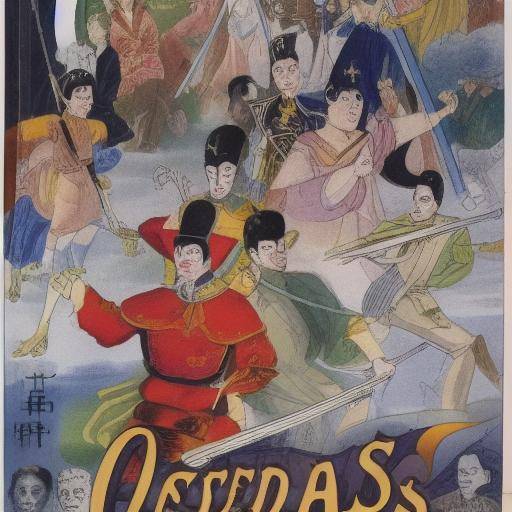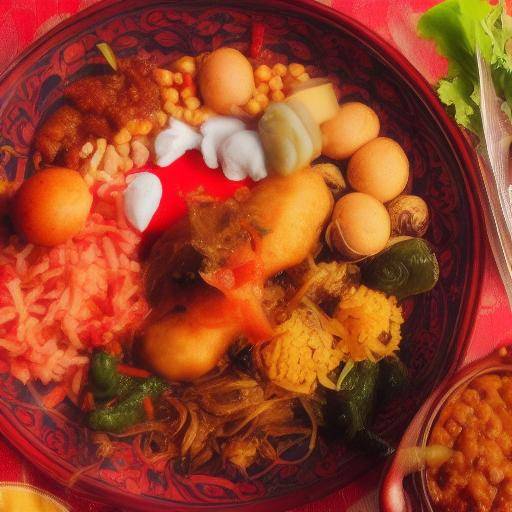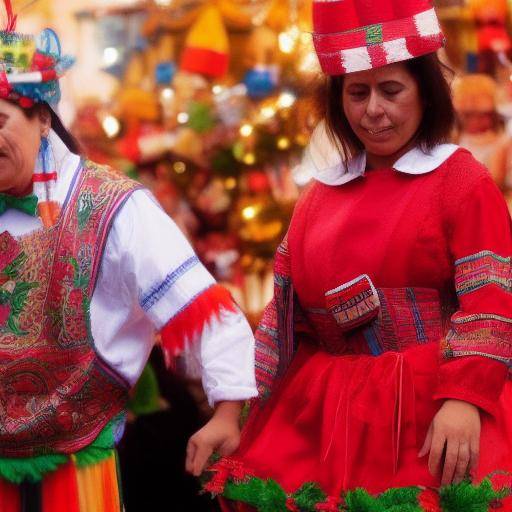
The symbolism of colors in Asian legends is a fascinating theme that immerses us in the cultural and spiritual wealth of the Asian continent. Through millennial traditions, colors have been bearers of deep meanings that witness a unique worldview. In this article, we will explore the influence of colors in Asian legends, unraveling their symbolism and origin, and their relevance in contemporary traditions. As we enter this fascinating journey, we will discover how colors can be much more than simple tonalities, becoming bearers of stories, emotions and ancestral wisdom.
Introduction
Asian legends have been transmitted over generations, enriching themselves with the symbolism of the colors that have shaped not only these stories, but also the beliefs and customs of their peoples. From the mysticism of red to the serenity of blue, each color evokes meanings that transcend the barriers of time and space. Throughout this journey, we will immerse ourselves in the symbolism of colors through the prism of Asian legends, revealing its profound impact on the spiritual and cultural sphere of Asia.
History and Background
Asian legends and traditions have been nurtured by a rich color palette since ancient times. Historical records reveal how the symbolism of colors has permeated different aspects of life in Asia, from religion and art to traditional medicine and philosophy.
In Chinese mythology, for example, red color is associated with good luck, happiness and prosperity, while in Japan, white symbolizes purity and solemnity. On the other hand, in India, yellow is linked to renunciation and spiritual enlightenment. These examples barely scratch the surface of the complexity and diversity of color symbolism in Asian legends.
Analysis in Deep
The symbolism of colors in Asian legends transcends the mere aesthetic. Each nuance carries with it an emotional and symbolic burden that enriches the universe of these narratives. The green colour, for example, symbolizes life, fertility and rebirth in many Asian cultures, reflecting the close connection with nature and the cycle of life.
This symbolic wealth is also manifested in the traditional costumes, works of art and festivities, where colors assume a ritual and spiritual meaning that enriches the cultural fabric of Asia.
Comprehensive review
The symbolism of colors in Asian legends is not only a phenomenon of the past, but it continues to play a vital role in the contemporary life of these societies. Its influence extends to architecture, design, religious practices and celebrations, keeping alive the millennial traditions that have defined these cultures.
Comparative analysis
The interconnection between symbolism of colors, Asian legends and regional traditions offers unique perspectives on the eastern worldview. The evolution of these beliefs over time reveals the profound influence of color symbolism in the configuration of cultural identities and daily practices in Asia, offering meaningful lessons for the understanding of these societies.
Practical Tips and Accessible Recommendations
To fully appreciate the influence of the symbolism of the colors in Asian legends and the traditions that emanate from them, it is essential to first explore these cultural expressions. Participating in festivals, visiting historical sites and exploring traditional works of art are ways to immerse yourself in this multi-coloured universe, discovering the richness of meanings that intertwine in every nuance.
Industry Perspectives and Expert Reviews
Scholars and experts in Asian culture offer valuable insights on the symbolism of colors in Asian legends, sharing deep insights and insights on the contemporary relevance of these traditions. Their contributions shed light on how these chromatic symbols continue to permeate the modern life of Asia, enriching artistic expressions, design and visual narrative.
Case Studies and Real Life Applications
Cases of applying color symbolism in Asian legends offer concrete examples of how these traditions remain relevant today. From the celebration of the Chinese New Year to the preparation of traditional clothing, these examples allow us to appreciate the validity and adaptability of these ancestral practices to contemporary reality.
Future Trends and Predictions
Looking forward, there is a scene where the symbolism of the colors in Asian legends will continue to influence multiple spheres, from product design to audiovisual narrative. Their ability to evoke emotions, convey deep meanings and connect with cultural roots will remain a valuable resource in an increasingly globalized world.
Conclusion
In short, the symbolism of colors in Asian legends represents a treasure of meanings that has enriched Asia's spiritual and cultural life over millennia. This rich legacy offers timeless lessons on the importance of preserving and appreciating traditions that have shaped collective identities throughout generations. By understanding the influence of colors in Asian legends, we immerse ourselves in a universe of meanings that transcends borders and invites us to reflect on the importance of cultural diversity in a globalized world.
Frequently asked questions
**Q: What is the meaning of red in Asian legends?**A: Red color is commonly associated with prosperity, good luck and happiness in many Asian cultures. In festivities such as the Chinese New Year, the red color has a prominent role, symbolizing fortune and renewal.
**Q: What is the symbolism of white color in Asian legends?**A: White represents purity, peace and serenity in many Asian traditions. It is associated with spirituality and renewal, being a common color in celebrations and rituals of purification.
**Q: Is there a color that has negative meanings in Asian legends?**A: While the colors are loaded with positive meanings in most, black can be associated with mourning or death in some Asian cultures. However, these meanings vary according to local context and beliefs.
**Q: How is the symbolism of colors reflected in the daily lives of people in Asia?**A: The symbolism of the colors is reflected in the clothing, the decoration of homes and even in the choice of gifts, where the meaning of the colors is considered to convey good wishes and fortune.
**Q: What is the most important color in Asian legends?**A: The importance of colors varies according to culture, but red usually stands out for its positive connotations, especially in traditional celebrations and holidays.
**Q: How has the symbolism of colors evolved in Asian legends over time?**A: The symbolism of colors presents a rich evolution throughout Asian history, adapting to cultural changes and maintaining its relevance in contemporary life in different ways.
In conclusion, the symbolism of colors in Asian legends offers a fascinating window to a unique worldview and the deep connection between Asia's colour and cultural narrative. Through this journey, we have explored the history, meaning and contemporary relevance of these chromatic symbols, discovering their lasting influence on the social and spiritual fabric of the Asian continent.
By understanding the symbolism of colors in Asian legends, we embrace the diversity and legacy of traditions that have enriched humanity. This chromatic universe invites us to appreciate the beauty of the multiplicity of meanings that the colors shelter in the collective imagination, reminding us that, beyond its mere visual perception, the colors are carriers of stories, emotions and teachings that transcend cultural and temporal barriers.
We conclude this fascinating journey with the certainty that the symbolism of colors in Asian legends gives us a living legacy that deserves to be honored and celebrated in the present, and transmitted with reverence to future generations.



